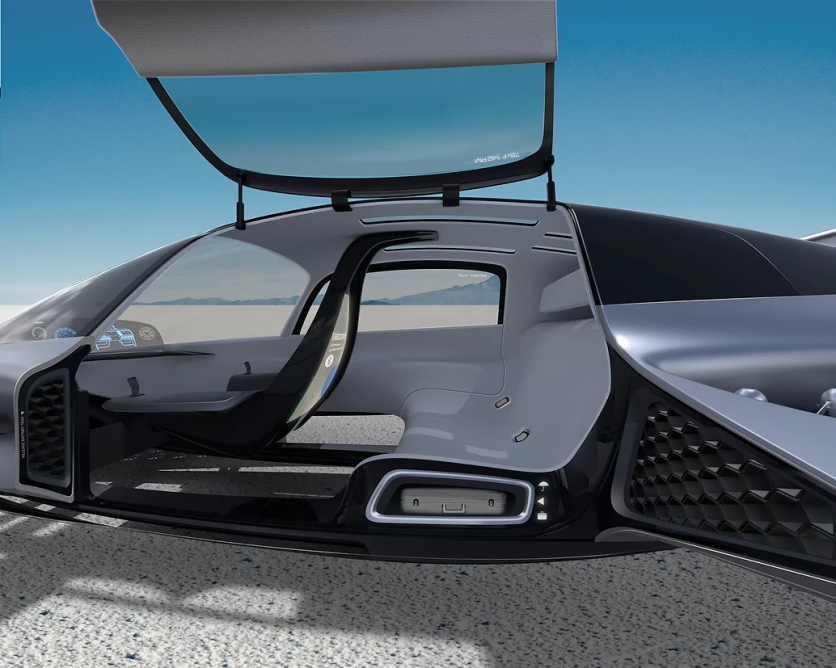Is it a bird? Is it a plane? No, it's a flying car!
LEO Flight recently unveiled the LEO Coupe, an electric vehicle with a ground-breaking propulsion technology by Pete Bitar of Electric Jet Aircraft with funding from DARPA.
It is also a manned alpha eVTOL (electric vertical take-off and landing) that can fly in style.

"Personal Vehicle For The Sky"
The LEO Coupe was designed by award-winning designer Carlos Salaff of SALAFF Automotive, and the designers of the car are touting it as a personal vehicle for the sky.
The flying car will be able to travel an impressive 300 miles on a single charge and reach a top speed of 250 mph or 400 kph.

According to LEO Flight Co-Founder Pete Bitar's latest statement to New Atlas, the aircraft's ultimate design will utilize at least 200 tiny vertical jets, each measuring 4.4 inches in diameter and delivering 11.7 lb (5.3 kg) of push, for a combined thrust of more than 2,300 lb (1,043 kg).
A 510 lb (231 kg) payload may be carried by aircraft, which has an empty mass of 1,100 lb.
Three people, including the pilot, will be able to travel in the cabin through gull-wing doors on the aircraft. According to LEO Flight, the flying car will feature basic, semi-autonomous controls that are easy to learn.
Read also : 'Flying Hotel That Never Lands': AI Sky Cruise Ship Will Use Nuclear Energy to Fly in Luxury
How Luxurious Is LEO Coupe?
To reduce the risk to those it will encounter, the vehicle's wings will have covered rotors. LEO intends to offer the Coupe as a personal eVTOL aircraft for $459,900, guaranteeing a range of over 300 miles (480 km) on just 66 kWh of battery.
Additionally, LEO Flight unveiled VertiStop, which is the quick-charging option for the LEO Coupe.

While travelers can use VertiStop as a portable charging station and landing pad, LEO Coupe can also be recharged at home and landed on nearly any surface, according to Interesting Engineering.
VertiStop can also be quickly installed on parking garages and rooftops - facilitating LEO Flight's plan to create a vast network of parking and charging locations.
The VertiStop unit connects the car to the power grid and enables quick charging. Its built-in solar panels provide additional power, and its mesh top will enable the LEO's jet system's air currents to be absorbed.
Interesting Engineering said that the flying car appears to be perfect for tourism, exploration, medevac, and undeveloped road infrastructures.
Perhaps the car is ideal for traffic too?
LEO refers to the car as a manned prototype, implying Bitar intends to board the vehicle and take it to the skies. According to New Atlas, this is consistent with the timeframe he presented last year, which predicted that a flying frame would be in the air by the year 2022.
LEO Flight has also tested the bigger jets on a paragliding rig and has already launched a small "ArcSpear" drone powered by the same electric jets.
This article is owned by Tech Times
Written by Joaquin Victor Tacla




